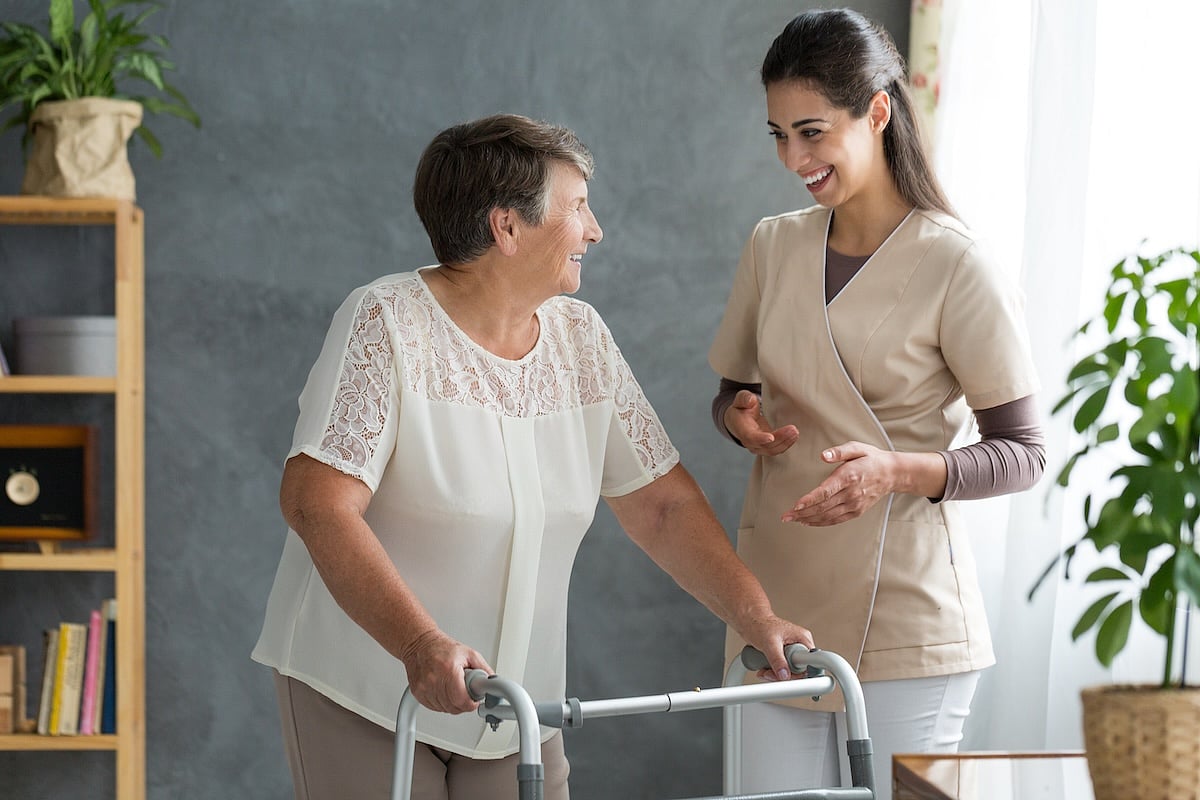Get Healthy!

- Dennis Thompson
- Posted July 28, 2025
Personalized Brain Stimulation Improves Walking Among Parkinson's Patients
Parkinson’s disease can dramatically affect a patient’s ability to walk, with “Parkinson’s gait” increasing their fall risk and reducing their ability to get around.
But deep brain stimulation (DBS) custom-tailored to a patient’s brain activity and gait pattern can effectively improve walking ability, a new study says.
Tweaking a patient’s brain stimulation based on analysis of factors like step length, stride speed and arm swing successfully enhanced their overall movement, researchers report in the journal npj Parkinson’s Disease.
“This work not only deepens our understanding of how DBS affects movement but also highlights the promise of personalized neuromodulation for Parkinson’s and other neurological disorders, bringing us closer to smarter more effective neuromodulation therapies,” senior researcher Dr. Doris Wang, an associate professor of neurological surgery at the University of California-San Francisco (UCSF), said in a news release.
DBS involves an implanted device that delivers electrical current directly to different areas of the brain, giving them a kick-start. It is highly effective in treating tremors, rigidity and slow movement among Parkinson’s patients, but its impact on gait has not been as reliable, researchers said in background notes.
Parkinson's disease is a progressive movement disorder that causes people to shake, become stiff or have trouble with their balance and coordination. It occurs when the brain cells that create the hormone dopamine die or become impaired.
For the new study, researchers worked with three different Parkinson’s patients to suss out a way to improve DBS’ effectiveness in treating walking problems.
During clinic visits, the patients walked in a six-meter loop while researchers adjusted their DBS settings and recorded their brain and movement activity.
Based on these readings, the researchers developed a walking performance index (WPI) that provided a comprehensive assessment of how Parkinson’s affects a person’s movement.
The team identified also brain activity patterns linked to better walking, particularly in the globus pallidus, a part of the brain associated with a loss of muscle movement in Parkinson’s patients.
“Our results confirmed that changes in DBS settings were effectively captured by the WPI, aligning with patient and clinician evaluations during each visit,” said lead researcher Hamid Fekri Azgomi, a postdoctoral scholar under Wang at UCSF.
“This validation supports that the WPI is an effective metric for assessing and targeting gait improvements in people with Parkinson’s,” Azgomi said in a news release. “Using these techniques, we were able to predict and identify personalized DBS settings that improved the WPI.”
Future research will focus on automated systems that can capture gait patterns in real-time and feed the data into DBS programming software, using the WPI to make more accurate adjustments, researchers said.
More information
The Cleveland Clinic has more on deep brain stimulation.
SOURCES: University of California-San Francisco, news release, July 22, 2025; npj Parkinson’s Disease, June 18, 2025






